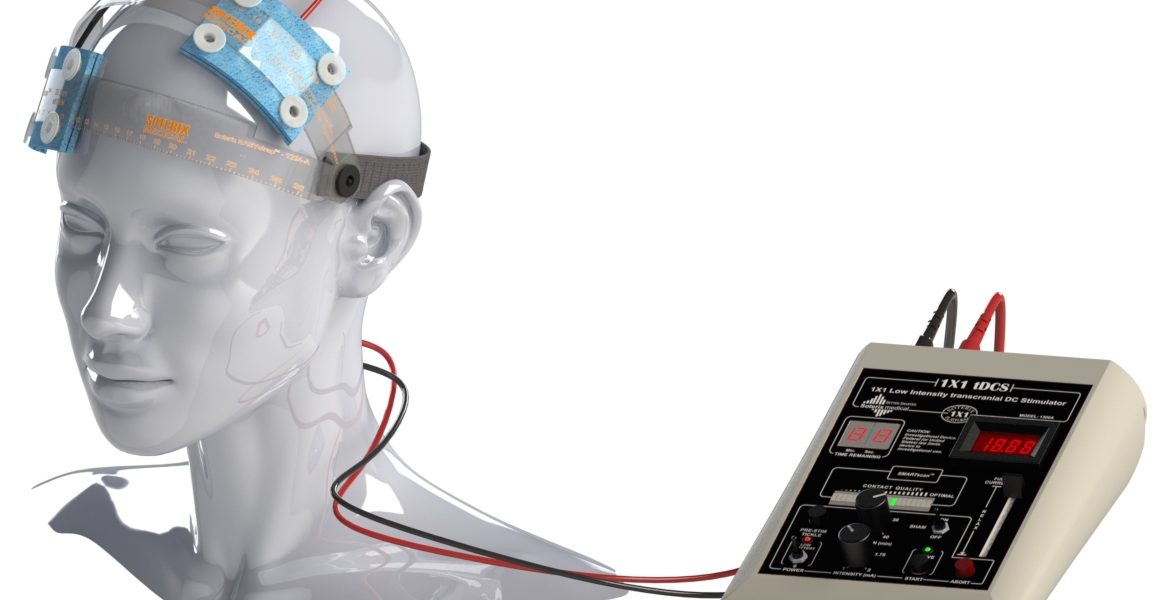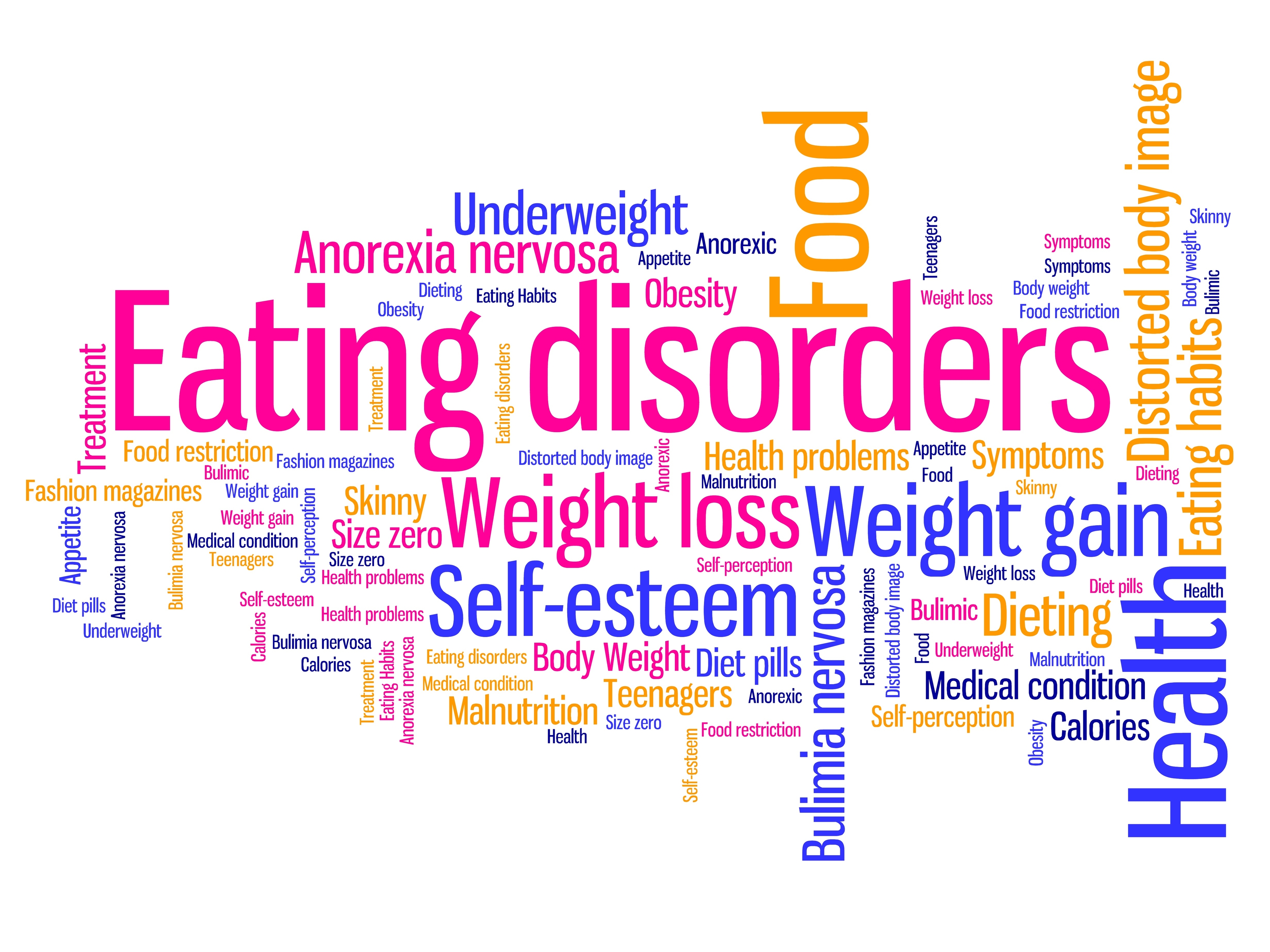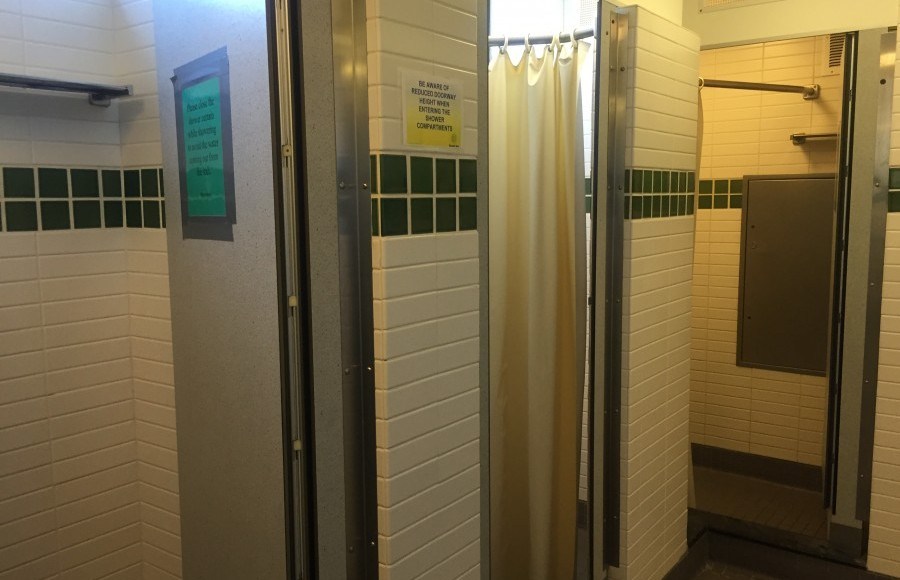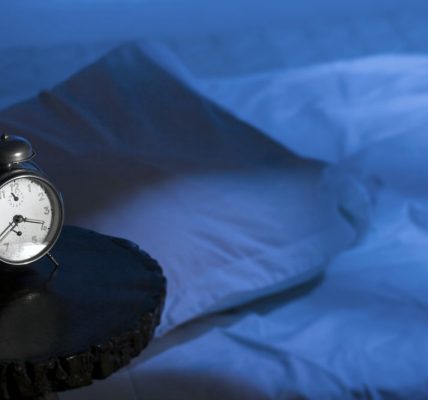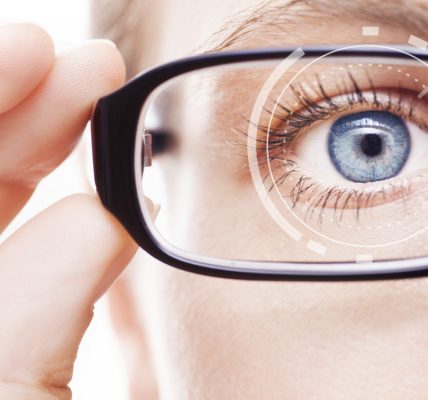Can you imagine how much more could be accomplished if humans didn’t have to sleep for more than 4 hours a day? Most people spend about one-third of their lives sleeping, so imagine having a few more active hours added to the day! Scientists at the Fisher Wallace Laboratories hope to make this a reality through the use of transcranial direct-current stimulation, or tDCS for short. In essence, the lab hopes to create a safe device that would electrically stimulate the brain, resulting in a more consolidated sleep period while still allowing the subject to function at peak intellectual levels.
Transcranial direct-current stimulation may at first seem like a new-age version of electroconvulsive therapy used on psychiatric patients. However, the concept of tDCS is very different from ECT. The modernized procedure would aim to change the level at which neurons in the brain fire, unlike ECT, which aims to deliver a high enough charge to cause neurons to fire. Some tDCS devices such as the one developed by the Fisher Wallace Lab have already been FDA-approved for treating insomnia. Implementation of tDCS systems as a way of consolidating sleep has the potential to increase the productivity of workers and students alike, allowing for longer periods of work and recreation without the debilitating crash that accompanies sleep deprivation.
Other pharmaceutical options that also reduce the need to sleep long hours, such as dextroamphetamine and modafinil, have been proven to have many detrimental side-effects on social performance and teamwork. In most situations where such a stimulant would be necessary, this shortcoming may prove detrimental; in a work or academic setting, teamwork and social skills are as key to success as academic prowess and focus. Instances of such approved pharmaceutical use in the military have resulted in friendly fire incidents and other judgment errors, leading to the death of military personnel.
tDCS, on the other hand, offers the benefits of all other pharmacological solutions while also removing the side-effects displayed by other drugs. The potential of tCDS is boundless and is sure to open the door to further study into sleep reduction as a whole. This process offers the human race a way to challenge the clock and defy the natural order that has been imposed on our daily lives. Long-term tests, however, have yet to be conducted on extended usage of transcranial stimulation and its potential side-effects, so this new treatment, like all others, should be put under appropriate scrutiny before it can become mainstream. Perhaps one day in the near future, though, science will find a way for sleep to be eradicated completely, leaving us to all live our lives to the fullest of our time.
Article by Amanda Lu
Feature Image Source: NeuroModec
